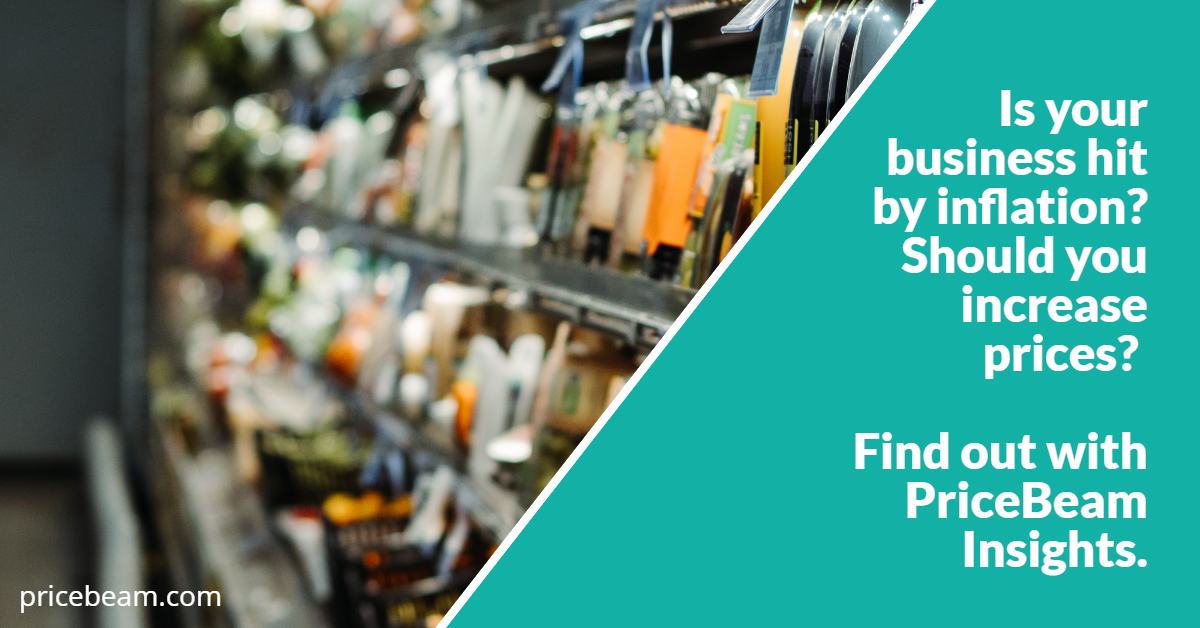Pricing for Customer Retention: Tips to Increase Repeat Sales
 PriceBeam
·
2 minute read
PriceBeam
·
2 minute read

The majority of literature about pricing and sales concerns itself mainly with making the initial sale. But of course, this is only part of your revenue streams: we can't forget those repeat sales. Customer retention is much easier than acquiring new ones, and this is the point of this article: to give you some tips for using your price tag to retain customers.
In the literature focusing on making the initial sale, you will be told that you should try hiding your price for as long as possible (i.e. price bundling), unless you are a cost leader. This makes sense -- to boost initial sales and new customer acquisition, masking your price is often a wise decision. But when it comes to retaining customers, it is not.
High Consumption Retains Customers
After customers have purchased your product or service, they start using it: consuming it, that is. If they buy a car, consumption is their driving it; If they buy a fitness studio membership, working out in it is the consumption; If they buy a pair of jeans, wearing it is the consumption.
And now a rule of thumb supported by rigorous research: The higher consumption, the greater likelihood of repeat purchase. Someone who bought a Toyota Corolla and drives it daily is much more likely to buy another Toyota Corolla than another Toyota Corolla-owner who drives it once a week. So that's your new goal -- making your customers consume your product after they buy it.
How to Increase Consumption
The level of consumption first and foremost depends on the value your customer gets from using your product. Knowing that your product is awesome, you got that covered already, right? Now, you can also use pricing psychology to increase consumption. Let's illustrate this with an example:
"Customer A buys a 1-year metrocard at $1,200. Customer B buys the same 12x 1-month metrocards at $100 per month (so in 1 year, that is $1,200 in total, same as for Customer B). Assuming they have the same economic background and travel needs, who do you think will use the metro more frequently?"
Contrary to economic theory (where both customers will use it equally frequently), Customer B will, in fact, be much more likely to use it for his travel purposes. The reason is he is continuously reminded of the sunk cost he has incurred when subscribing for a 1-month metrocard, whereas Customer A will have forgotten the "pain" inflicted from paying the 1-year metrocard. It's referred to as the sunk cost effect, which describes consumers' tendency to base economic decisions (such as whether to take the metro) on sunk expenses, to prevent this previous investment decision (i.e. buying a metrocard) from appearing unwise. And of course, the more frequently you use the metro after buying a metrocard, the wiser this purchase decision appears. As the number of trips goes up, the money you save (as compared to if you were to buy single-tickets everytime) goes up, too.
To increase consumption, and thus repeat sales, you need to exploit this tendency to your advance, and especially help customers like Customer A remember what cost they incurred when buying your product initially.
How to Remind Your Customer of the Price
This is where it gets tricky. It would be weird to start sending out emails or showing up on your customer's doorstep to remind them of the price they paid to buy your product or service. However, there are a few ways you can do something like that:
1) "Buy Now, Pay Later": Have your customer pay for the product some time after the actual purchase. This also increases initial sales, as customers won't have to face the financial consequences of a purchase immediately, whereas the benefit from the product is instant.
2) "Restructure": While it may be appealing to have your customers pay for your service 1 year at the time, it comes at a cost in terms of decreasing consumption. We don't say you should go out straight away and change your pricing model, but it may be worth considering if you want to increase customer retention.
3) "1-year Commitments, paid monthly" Another way of reminding your customers about the cost is to have them pay for their 1-year commitment in monthly instalments. They are still committing for a year, paying the same amount - the only difference is the frequency!
.png?width=400&height=100&name=PBLogoTransparent%20(1).png)



